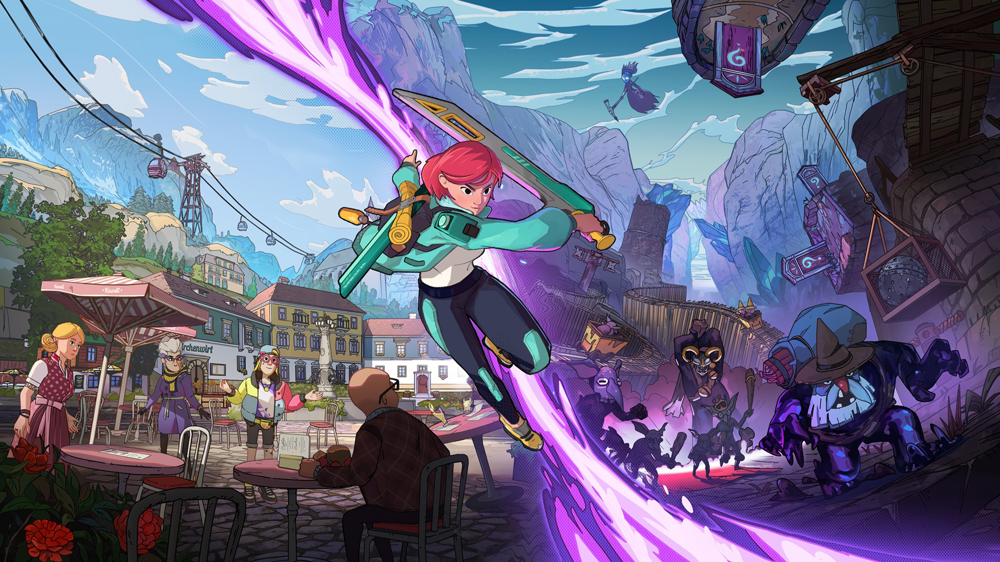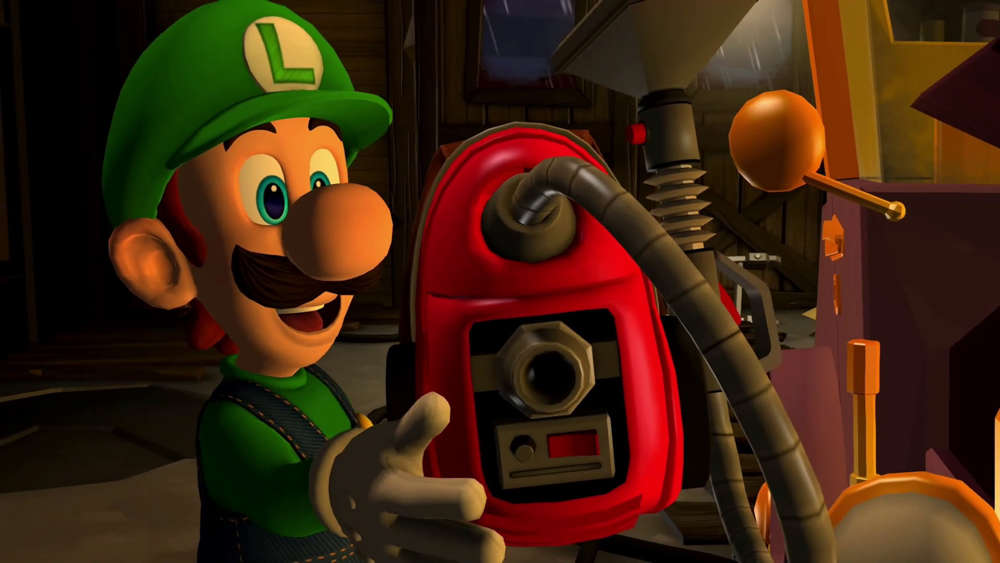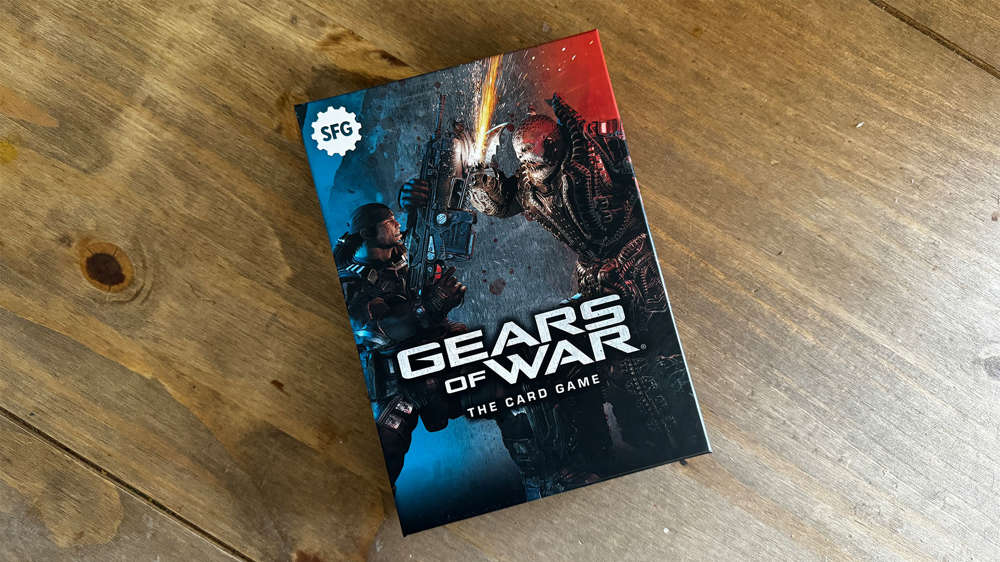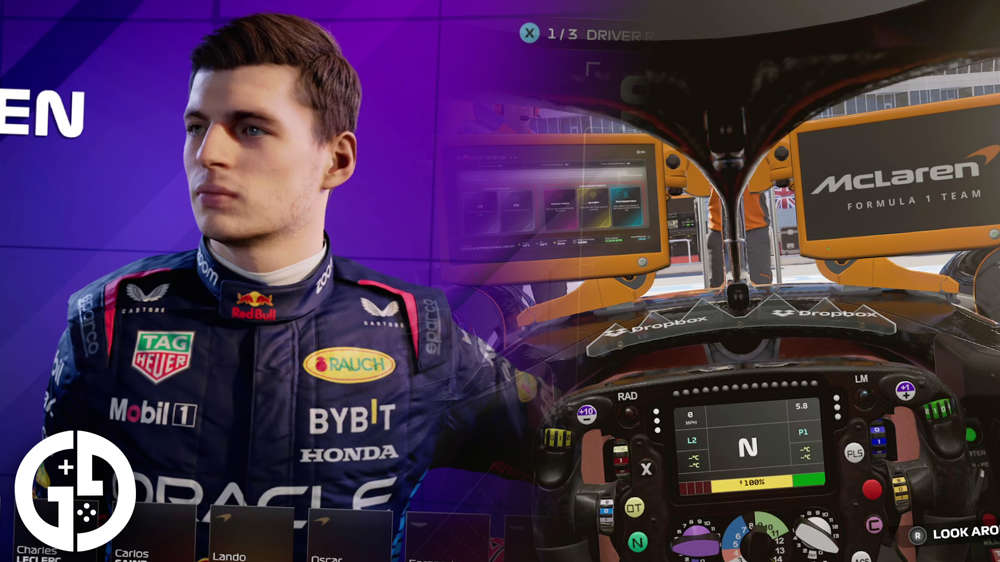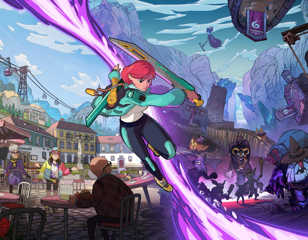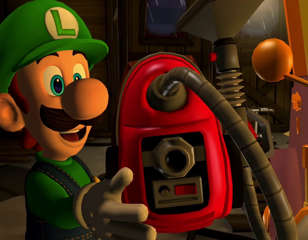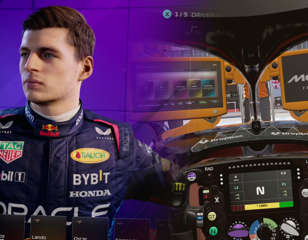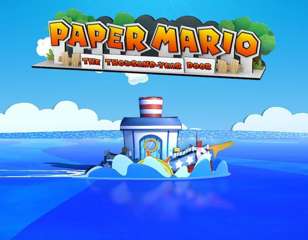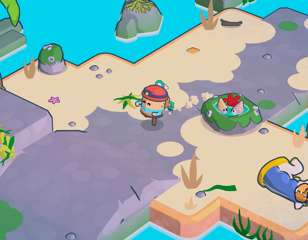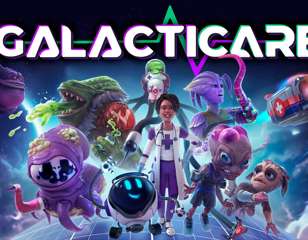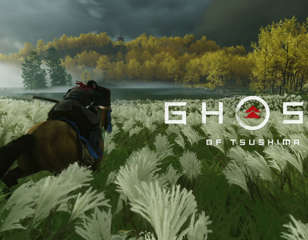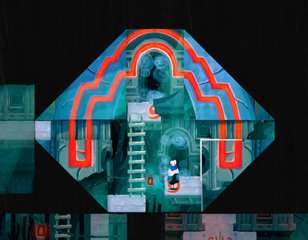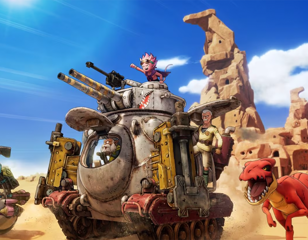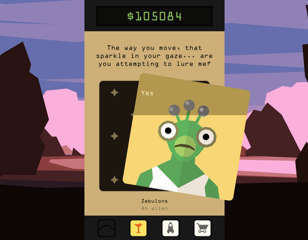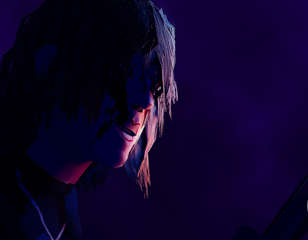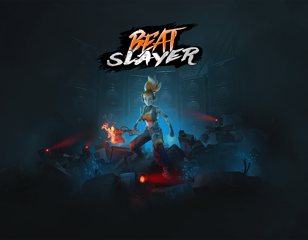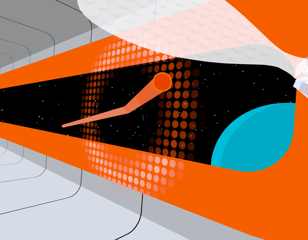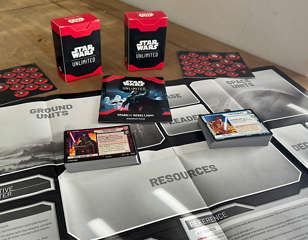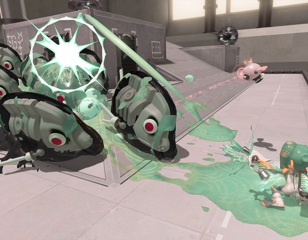Paper Mario: The Thousand-Year Door review - Papercraft perfection unfolds
Switch is now home to the definitive version of The Thousand-Year Door, and anyone interested in RPGs or Mario games who might've missed it over the years should definitely check it out to see why so many Paper Mario fans long for a return to this style of game.
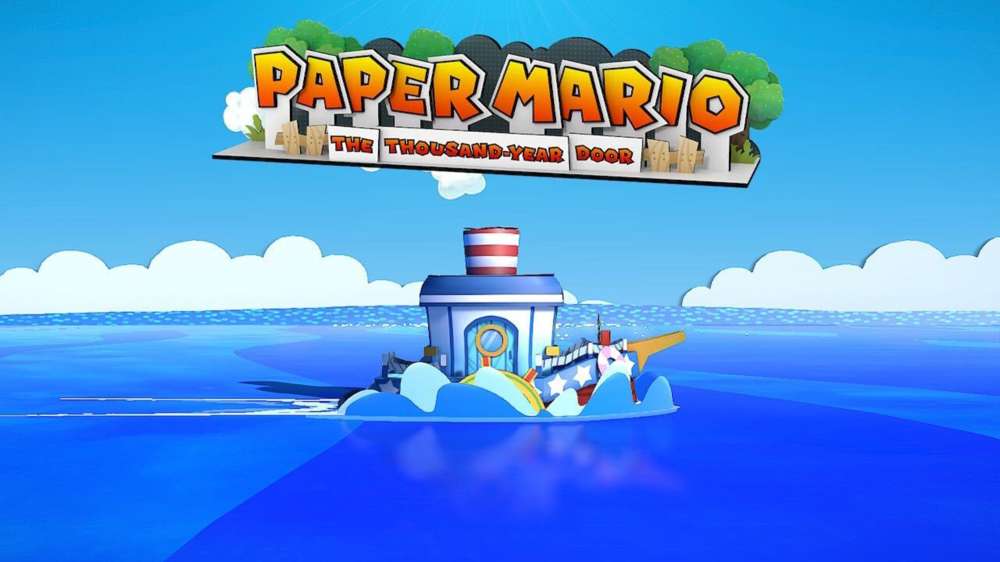
Switch is now home to the definitive version of The Thousand-Year Door, and anyone interested in RPGs or Mario games who might've missed it over the years should definitely check it out to see why so many Paper Mario fans long for a return to this style of game.
Images via Nintendo
The Thousand-Year Door is one of my all-time favourite games. From playing it on GameCube as a kid to replaying it now on Switch, the game is an endless joy to experience. There’s so much charm packed into its lengthy runtime and despite some backtracking and copious amounts of dialogue, the game never bores me.
So this review will be two things: me singing the game’s praises after loving it for so many years, and a breakdown of why this remake is the definitive version of a Nintendo classic.
Paper Mario has had a strange evolution as a series. The first two were turn-based RPGs with creative casts full of interesting spins on iconic Mario characters. As the series went on though, the classic RPG gameplay took a step back, the characters and story became less of a priority and paper-based gimmicks took center stage. From stickers to origami, newer entries have lost a lot of what made the first two so compelling.
While games like The Origami King aren’t without their own strengths, many fans long for a return to the Thousand-Year Door style of gameplay. Partners, turn-based battles, and a compelling story told across chapters set in weird and wonderful locales. In the absence of any new games in that style, we’ll have to make do with this - a fully-fledged remake of what is, in my opinion, Nintendo’s best RPG.
GGRecon Verdict
Switch is now home to the definitive version of The Thousand-Year Door, and anyone interested in RPGs or Mario games who might've missed it over the years should definitely check it out to see why so many Paper Mario fans long for a return to this style of game.
Page Turner
So what is it about this game’s features that makes people clamour for a return to the series’ roots? The story, for one, feels as epic as any other 100-hour big-budget RPG despite taking place in a wacky papercraft world. It’s full of twists and turns, and it’s comedic with melancholic touches peppered in.
You’ll fight a dragon with a frog hammer, but you’ll also listen to the tales of an old sailor who left his life at sea. You’ll uncover dark mysteries, then help a weirdo mafia boss find the goon that wants to run away with his daughter. It’s unexpected and creative at every turn.
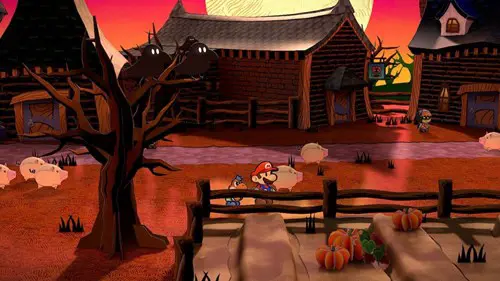
The mystery is an element that often flies under the radar compared to the partners or battles, but it’s a core component of the game. From the strange goings-on in a floating fighting pit, townsfolk being turned into pigs or an enigma onboard a train full of suspicious passengers, the game goes to places you’d never expect a Mario game to go to.
The writing is fantastic, possibly the best in any Mario game, and each chapter is compelling in its own way. It’s funny too - possibly the funniest Mario game ever. This game has a lot of “best evers”, if you hadn’t noticed yet. The dialogue is pure magic and every character feels fully realised (make sure you listen to all the crows in Twilight Town when you get the chance).
One great example of the game's writing is Vivian, a “shadow sister” who opposes Mario near the start of the game along with her more vicious siblings. Not only is she a rare representation of a trans character in the Mario franchise, she has a genuinely heartfelt arc and adds so much depth to the game’s universe. Other characters like Princess Peach have more personality than most games tended to give her back in 2004, and while this remake released right after her own (Princess Peach Showtime), her portrayal here is so memorable despite only having a few scenes.
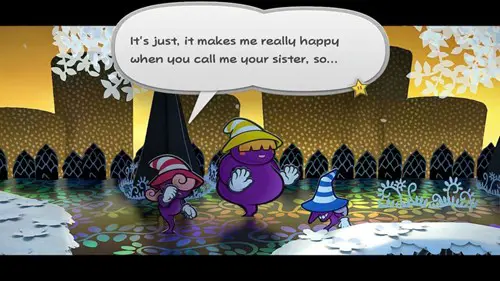
Other characters might not have much in the way of their own storyline, but they add flavour to the game’s setting in a way that current Mario RPG characters simply don’t. There’s a travelling troupe of Toads, grimy criminals all over Rogueport, and rich Bob-Ombs that can afford to waltz into the same places Mario has to work hard to enter. These minor characters bring the papercraft world to life just as much as the major ones.
Partners in Crime
It wouldn't be a TTYD review if I didn't mention the partners, and how they're one of the most memorable casts of supporting characters Nintendo ever came up with. The first Paper Mario game introduced the concept of partners, characters who join you in each chapter and stick around to help on your quest. TTYD has an entirely new cast of partners, and they're all brilliant.
The studious Goombella, hero-in-training Koops, the vain wind spirit Flurrie - each one is unique and plays an important role in the chapter they're introduced in. They're helpful both in and out of battle, with their own special attacks and overworld abilities to assist with puzzles. The highlights come a bit later on though - I won't spoil all of them for anyone who hasn't played the game, but the later companions are all fantastic.
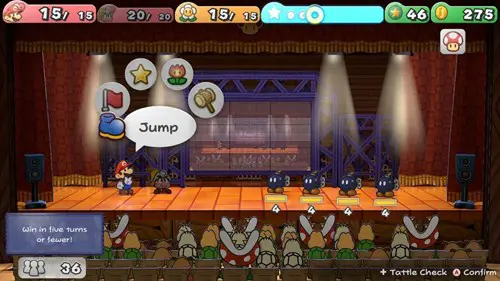
Speaking of battles, the turn-based combat in TTYD is sorely missed after the bizarre circle minigame in The Origami King. It's simple, but the equip-able Badges add new strategies and depth to Mario's bouts. One Badge lets you swap out partners and attack with them on the same turn, making it easy to switch them in and out for different moves when you need them.
Some might find the game easy, especially if you're an RPG veteran. It's definitely not the hardest game ever, but you can make the game harder by simply opting for different badges or using some of the less powerful partners.
The Pit of 100 Trials is the ultimate challenge here though, and it's a thrilling descent through, you guessed it, 100 battles. And the remake even adds some new challenges to the game that I won't spoil here.
New Printing
Some of the game’s weaker sections have been enhanced in this remake thanks to new shortcuts removing some of the backtracking. You can also quickly teleport between areas thanks to a room with numbered pipes to direct you to where you need to go.
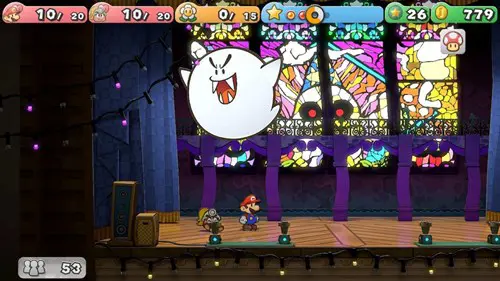
The game looks amazing, with much greater detail in the environments while never losing sight of what made the original art style so great. The Origami King looked great too, but TTYD is arguably even better due to how gorgeous areas like the Boggly Woods or Riverside Station are. Its distinct pop-up book aesthetic has never looked better.
The music is greatly enhanced too. The original soundtrack has plenty of bangers, and you can even switch back to it for free. I never really felt the need though - the new renditions are great, and each chapter now has new unique battle music.
The only real downgrade is the FPS, which went down from 60 to 30. This is due to the enhancements in other aspects of the game, but I have to be honest and say I barely noticed it. This isn't a high-octane adventure that requires quick reactions, and any moves that do require you to act fast feel pretty generous. Still, it's one area that might disappoint some players and it's just about the only thing that stands out as a negative.
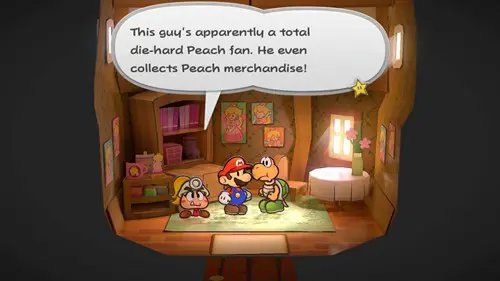
Another change actually makes the game a bit more varied - nerfing the overpowered Power Bounce move by forcing you to nail frame-perfect button inputs. This opens the door for players to experiment with other strategies instead of relying on that one attack for most bosses.
This remake only really changed things that benefitted from being changed, leaving the rest intact. It’s the perfect kind of remake - one that respects the original game and lets longtime fans bask in its enhanced features while leaving the door wide open for new players to come in and try it out for the first time.
The Verdict
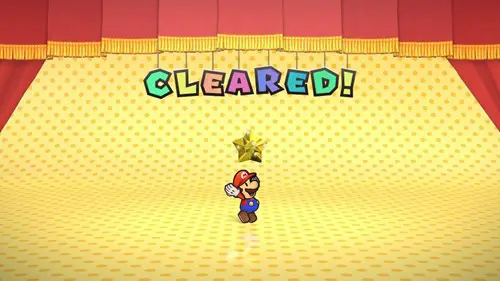
Games like The Thousand-Year Door don’t come around often. Obviously this new remake is fresh at the time I’m writing this review, but the point remains. Over the last two decades, this franchise has been all over the place, and never quite managed to recapture TTYD’s magic.
GameCube was the perfect era for Nintendo to go wild with crazy world-building and gameplay mechanics we wouldn’t see again until this very release. Like I’ve mentioned, it’s one of my all-time favourite games. Even though I’ve played it so many times, it never fails to lighten my mood and keep me hooked for its runtime. So it’s extremely satisfying to get this remake on Switch, and even more satisfying to see how many improvements have been made to make it the ultimate version of the game.
Underwhelming frames-per-second hardly tarnish what’s otherwise an amazing experience from start to finish. Collecting records of the enemies you’ve fought, cooking recipes, delving into the Pit of 100 Trials, even learning about Luigi’s adventures between chapters - all of it comes together to create an incredible package. Knowing where the franchise deviated afterwards only makes this title feel more special. Switch is now home to the definitive version of The Thousand-Year Door, and if you’ve ever enjoyed an RPG, or even a Mario game, you owe it to yourself to jump into this absolute gem.
5/5
Reviewed on Nintendo Switch. Review code provided by the publisher.
Comments

